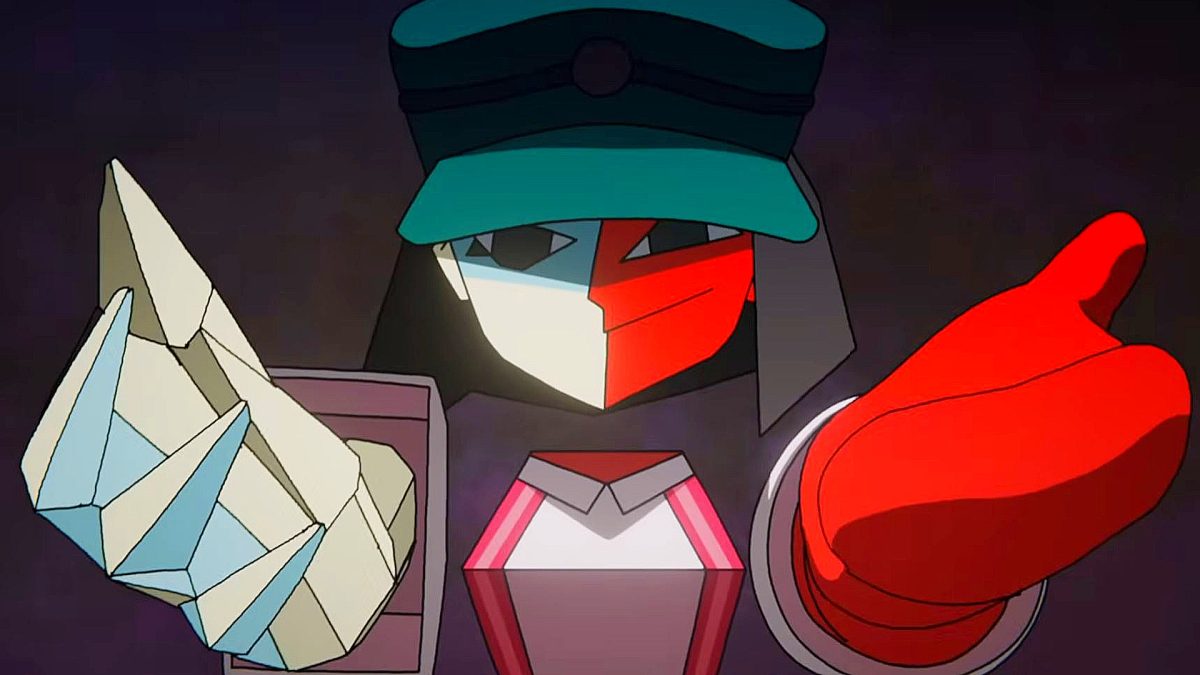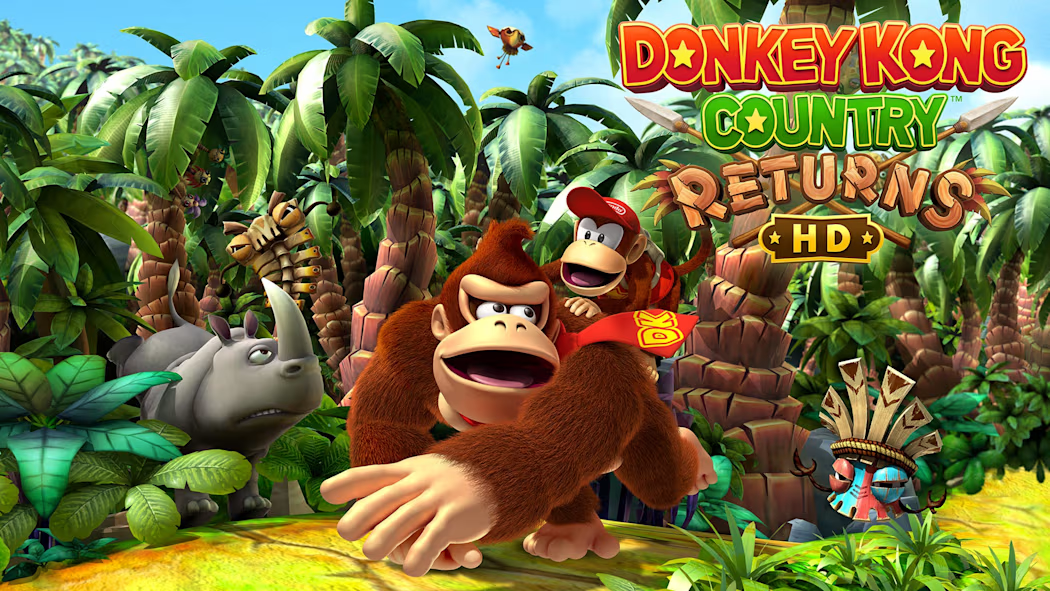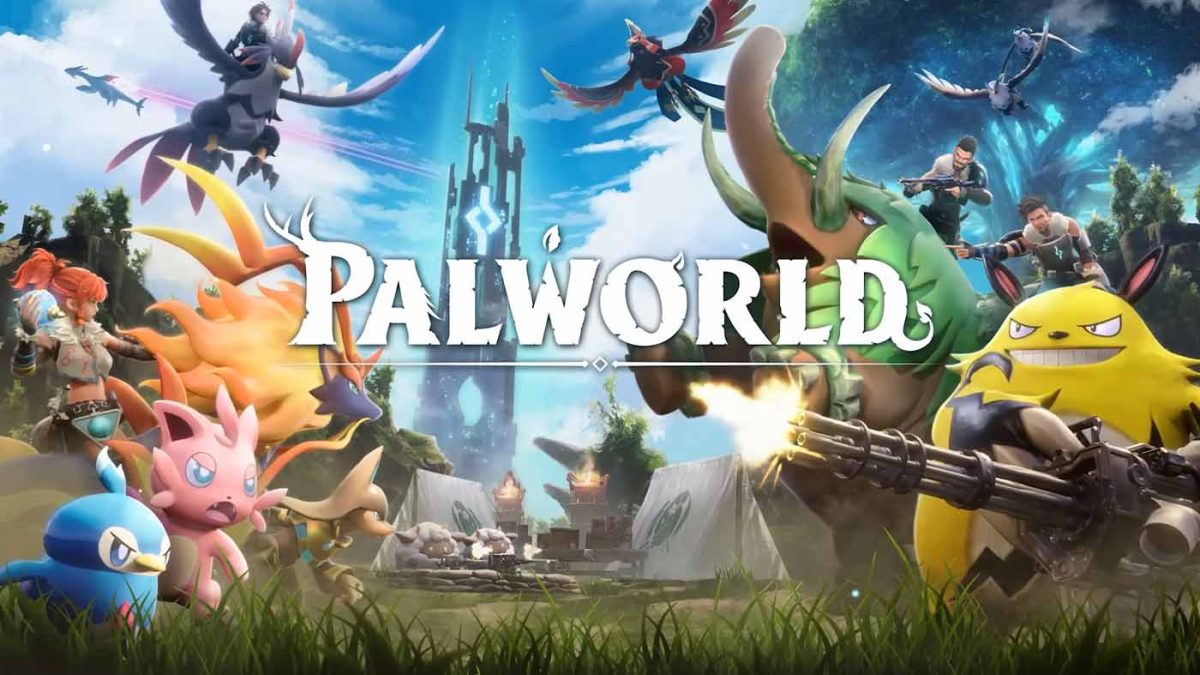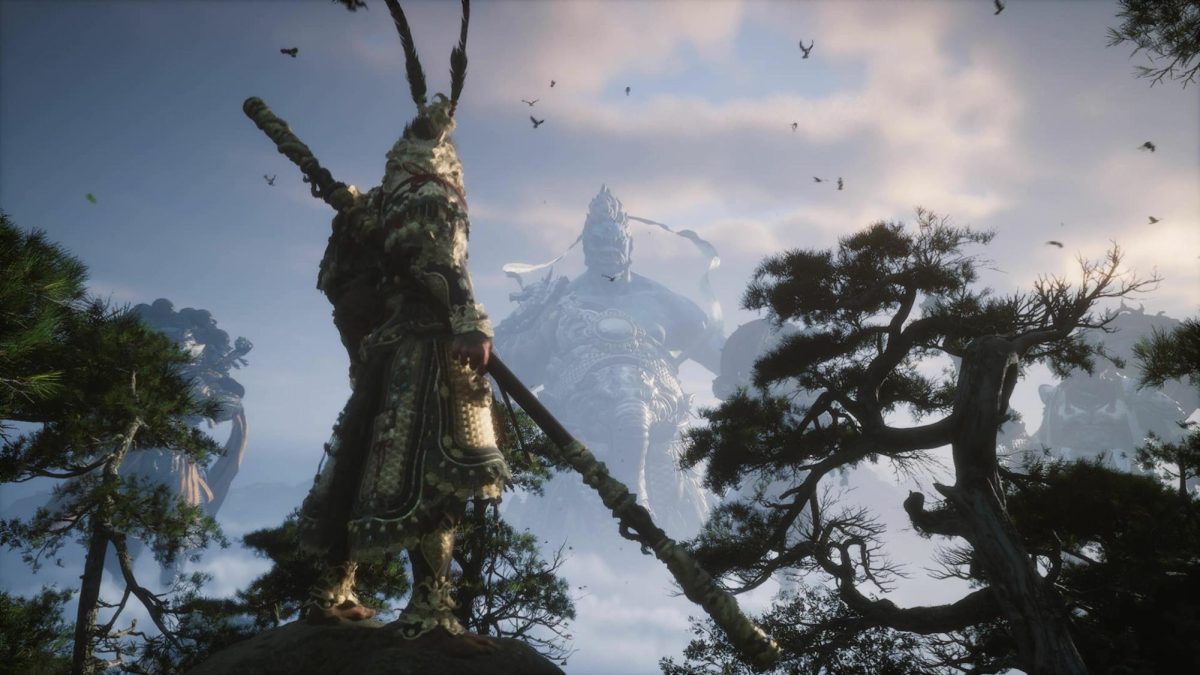It’s impossible to count the snores, nods, and sneaky naps that take place in the classroom, especially when proper sleep is such a foreign concept to some. Even I had a record for hitting my head on the desk in an instance of drowsiness. Nonetheless, I refused to commit to any type of sleep-aiding app out of skepticism. The boring layout, mundane color scheme, and the lifeless aesthetic never failed to make me lose interest. Regardless, this changed with the release of Pokémon’s unique take on the category.
With the release of Pokémon Scarlet and Violet followed by fan predictions for the next big title in the franchise, Nintendo is known for releasing spin-off games to maintain their audience’s attention that have been a hit-or-miss. These range from household titles like Pokémon Go, to the forgotten Pokémon: Magikarp Jump.
Pokémon Sleep opens with greetings from Professor Neroli, who swiftly recruits the player into his sleep-research team studying the sleeping habits of wild Pokémon. However, it wouldn’t be a Pokémon spin-off game without assigning the player their own personal Pikachu. Although the game includes the classic cute companions from every game, there are no battle features in spite of the leveling system.
As one of the game’s selling points, Pokémon Sleep’s artstyle gives a colorful and friendly impression, while staying simplistic. The Pokémon are animated on threes, and have a low render quality. Though it may sound negative, it makes the models feel right at home with the 2D setting. Although the upbeat tunes make me feel nostalgic of the past Pokémon games, I dislike the sharp noise feedback I get when tapping my screen in-game.
Contrary to the typically cramped design of other mobile games, the GUI in Pokémon Sleep is never overwhelming. The bottom quarter of the screen is reserved for buttons, leaving the entirety to the current scene which the user can freely move around in. Being a mobile game, this only requires a finger to hold and drag with no further difficulties.
My favorite feature of Pokémon Sleep is how it categorizes sleep statistics. There are three types of sleep: dozing, snoozing, and slumbering. Dozing represents how often the user moves around, snoozing is how much they snore, and slumbering is when they are completely still and silent. Presented this way, it’s always fun to see what occurs when I am asleep. Based on whichever type is more prevalent, Pokémon of that group will gather around the camp. To keep encounters varied, it’s centered around which type of sleep the user improved in most. On the other hand, capturing a Pokémon can become a bit strategic.
The game gives the user a free “Bonus biscuit” everyday, and “Poké biscuits” from missions. Bonus biscuits regenerate three points, and Poké biscuits regenerate one. To catch a Pokémon, the user must fill their bar with five points. Rare Pokémon have larger bars, and can become full after excessive feeding. To balance this, Pokémon don’t lose friendship points from previous sessions, making it a game of distribution and patience.
Sadly, this is the most engaging the gameplay will get. Other than feeding Snorlax throughout the day, there’s nothing else to do other than wait. I feel this is what mainly draws users out of the app, as some people may find it repetitive after some time. Despite this, it has become a part of my routine and even improved my sleep schedule. In the time I’ve started the app, I have gained two more hours of sleep.
For an app aiming to appeal to younger audiences, it works just as well for sleep-deprived teenagers. Pokémon Sleep doesn’t work for everyone, largely because of its lack of engagement. Nevertheless, the game is free, so it wouldn’t hurt to give it a try. If you’re someone who struggles with regulating their sleep, it could only take a few cuddly companions to motivate you.

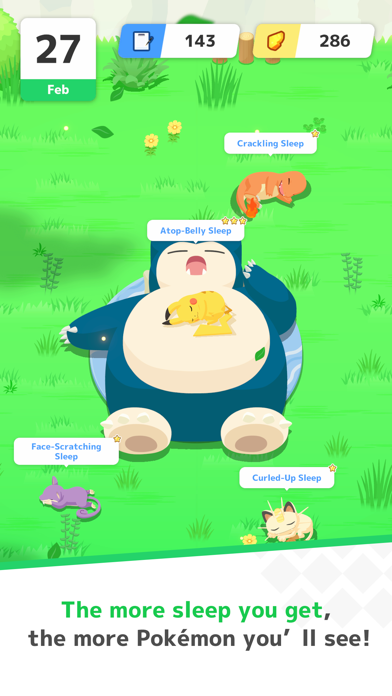
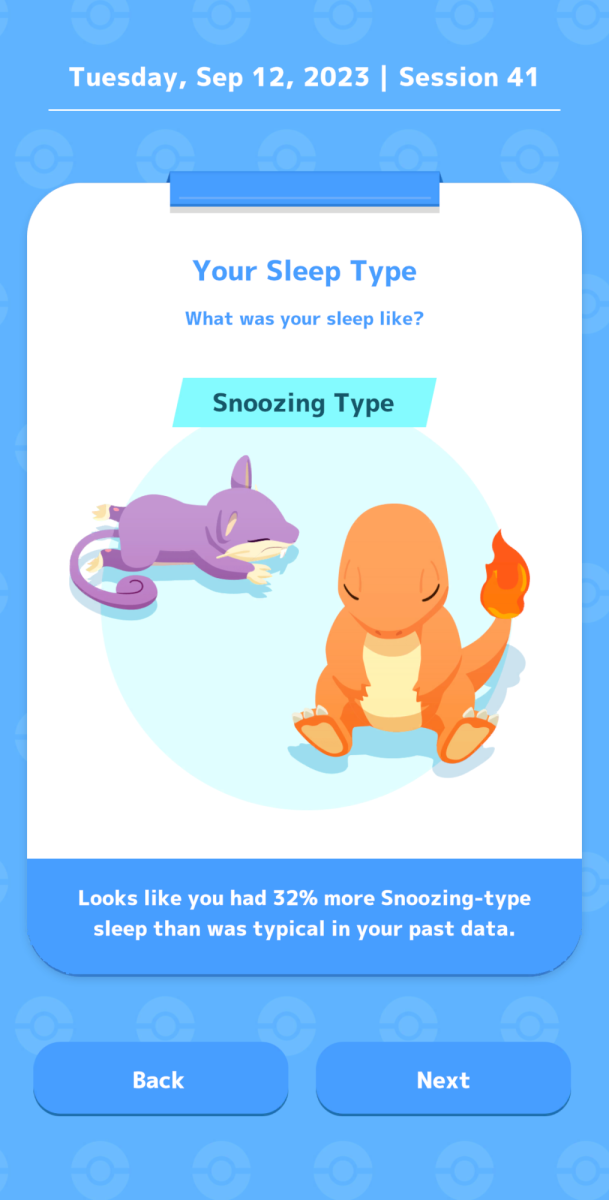
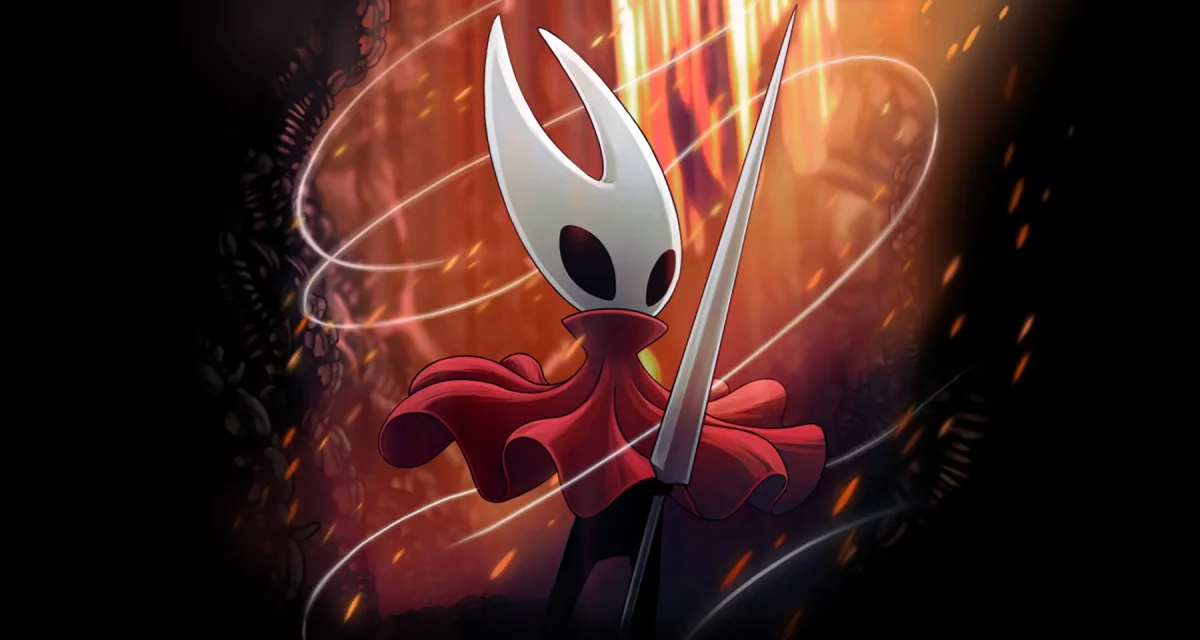


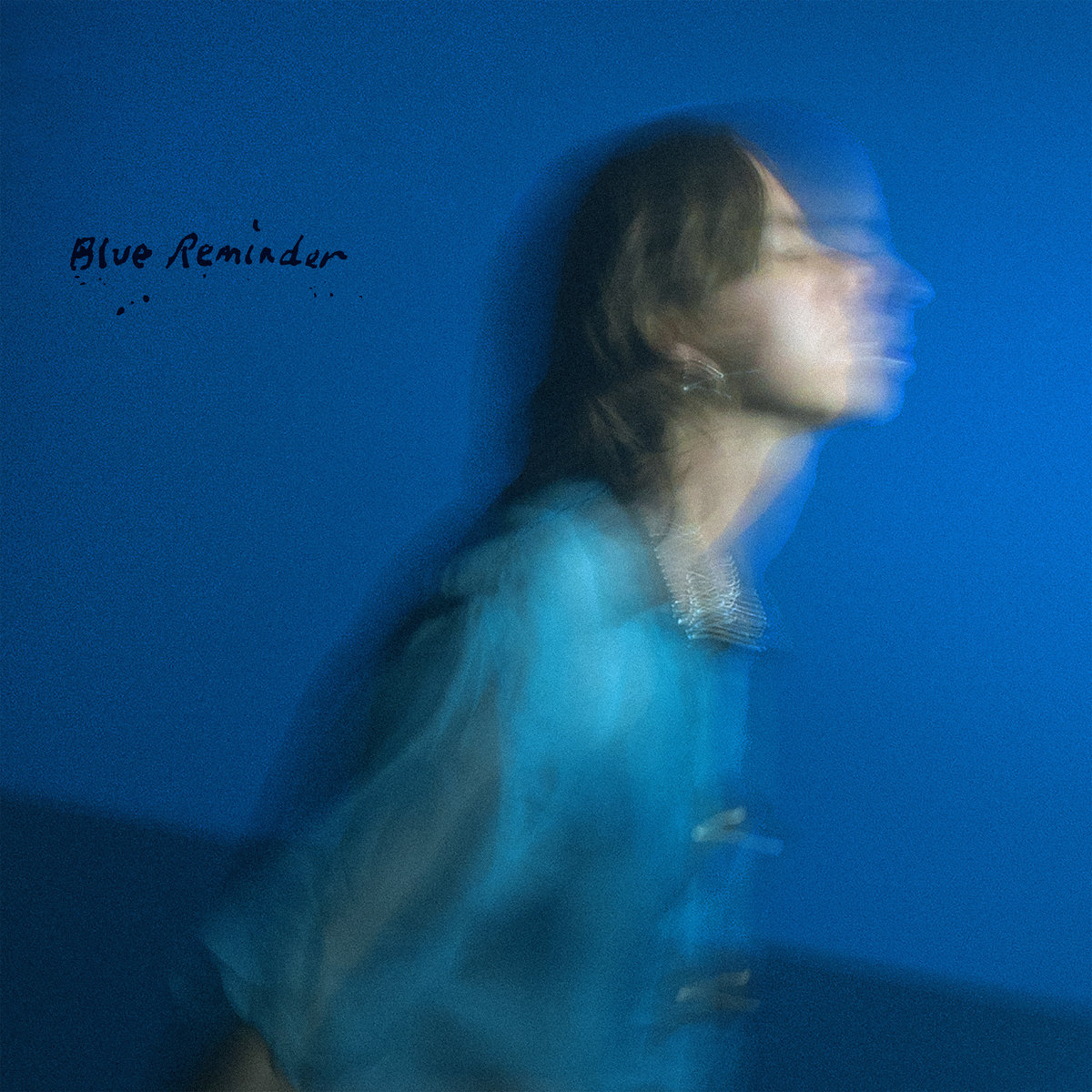


![Weighing her options, senior Allyana Abao decides between going on a practice drive or calling an Uber. Though unlicensed, Abao has considered driving to be a significant milestone of teen independence despite alternatives that provide much easier solutions.
“You're able to be independent and not rely on others,” Abao said. “You're able to get a job, get things that you need, go places you need to go. I have so many places that I want to go to and I ask [my family] for so much. I want to be independent to where they know that I can do things on my own, so they know that they don't have to be there for me.”](https://southwestshadow.com/wp-content/uploads/2025/10/IMG_2922-1200x900.jpg)
![Looking at the board, former BSU secretary Christina Altaye begins to prepare for BSU’s second year of Club Feud. This year, “Are You Smarter Than a Ninth Grader?” will be replacing this event. “I think it’s a fun change [to Club Feud],” BSU Activities Director Hellen Beyene said. “[I think] it’s always fun to do something new and different.”](https://southwestshadow.com/wp-content/uploads/2025/10/Screenshot-2025-09-29-11.06.43.png)
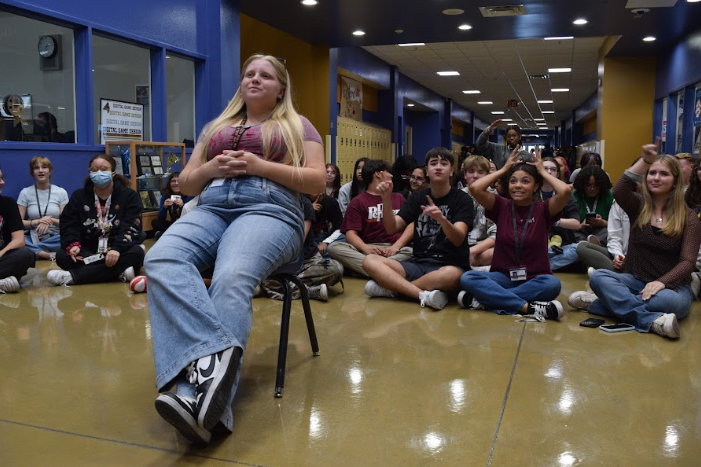
!["I will be attending Trunk or Treat [for FCCLA]" junior Crystal Li said. "We're gonna use Mr. Harbeson's car, and we will be [hosting three different activities]."](https://southwestshadow.com/wp-content/uploads/2025/10/IMG_0980-1200x900.png)



